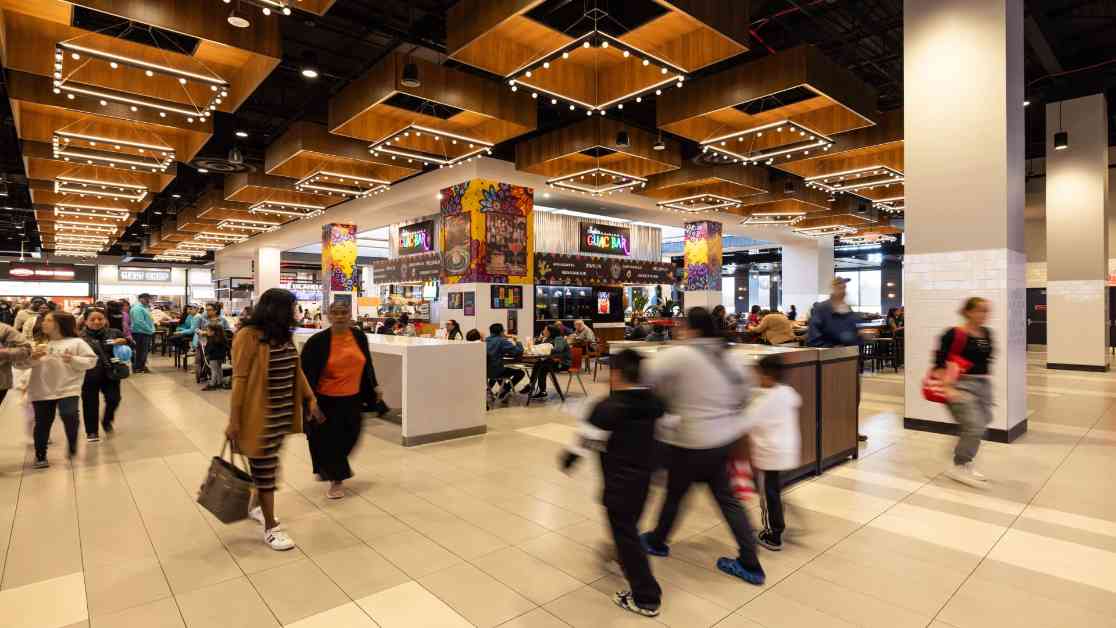Revamping Shopping Centers: Malls Attracting Consumers with New Restaurants
Malls across the United States are undergoing a transformation, as developers re-imagine these spaces to cater to changing consumer preferences. The slow decline of department stores and the rise of online shopping have significantly impacted traditional shopping centers, leading to a drop in their numbers from a peak of 2,500 in the 1980s to roughly 700 today, according to Coresight Research. However, many in the retail industry are optimistic about the future of malls, emphasizing the appeal of in-person shopping experiences, particularly among Gen Z consumers.
Restaurants Taking Center Stage
A significant shift in mall dynamics has been the increasing focus on restaurants and bars as key attractions for visitors. According to David Henkes, a senior principal at Technomic, dining options have become a primary driver for mall visits, with consumers seeking unique culinary experiences alongside their shopping excursions. Yelp’s report revealed that 17 of the 25 most popular mall brands were restaurants, underscoring the growing importance of food offerings in mall settings.
The Rise of Upscale Dining
In response to evolving consumer preferences, malls are now dedicating a larger portion of their space to upscale dining establishments. From Korean barbeque to sushi, malls are offering a diverse range of dining options that cater to a more discerning palate. This shift towards contemporary casual dining reflects a desire for elevated culinary experiences within the mall environment, with prices typically ranging upwards of $30 per person.
Adapting to Changing Trends
The COVID-19 pandemic further accelerated the transformation of malls into dining destinations, as restaurateurs sought out locations with increased foot traffic. While central business districts struggled to attract diners post-lockdown, suburban malls experienced a resurgence in visitor numbers. This trend has also attracted emerging restaurant chains looking to expand their presence quickly, leveraging the scale and visibility offered by mall locations.
The Cheesecake Factory’s Success Story
Amidst growing competition, The Cheesecake Factory has emerged as a leading mall brand, offering a comprehensive menu and unique dining experience. Despite challenges faced by the broader restaurant industry, the chain has outperformed its peers, with steady growth in sales and strong market performance. The Cheesecake Factory’s resilience has not only benefited its own business but has also contributed to the financial health of malls housing its locations, highlighting the symbiotic relationship between successful restaurants and mall landlords.
In conclusion, the evolving landscape of shopping malls reflects a broader shift in consumer behavior towards experiential retail and culinary adventures. As developers continue to innovate and adapt to changing trends, malls are set to remain relevant as vibrant hubs of social interaction and gastronomic exploration. With an emphasis on upscale dining experiences and diverse restaurant offerings, malls are poised to attract a new generation of shoppers seeking more than just retail therapy.



















